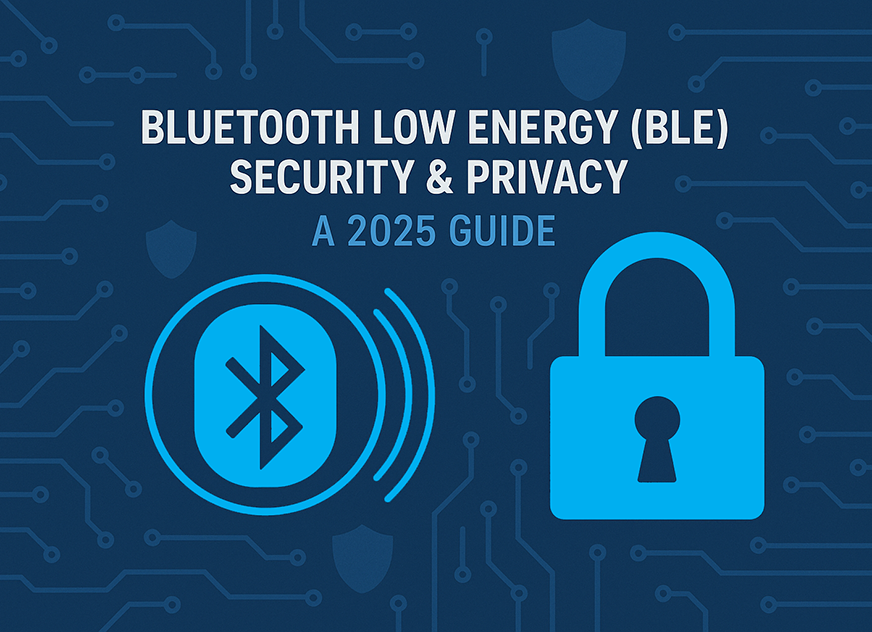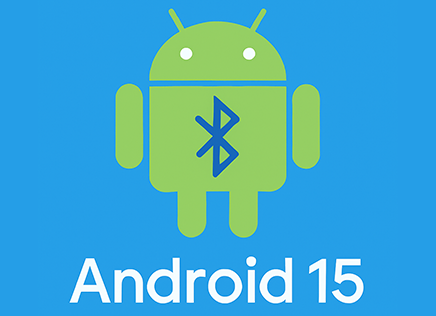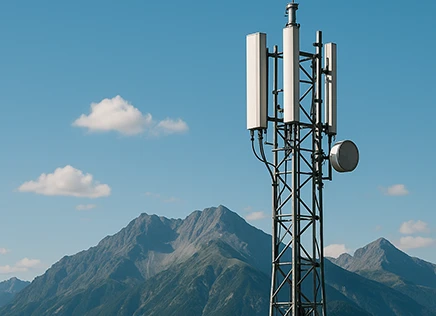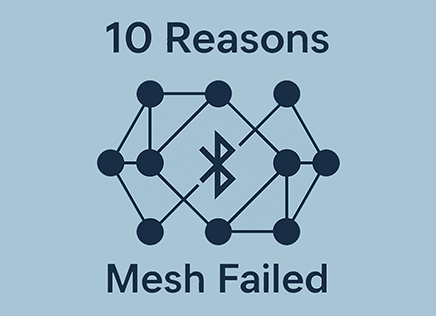
Bluetooth Low Energy (BLE) Mesh was introduced in 2017 with the promise of enabling scalable connectivity for devices. Marketed as a solution for smart buildings, industrial automation, and lighting systems, BLE Mesh aimed to deliver reliable, interoperable communication among thousands of nodes without the infrastructure cost of cellular or the proprietary limitations of Zigbee and Z-Wave.
However, despite Bluetooth’s ubiquity in phones and consumer devices, BLE Mesh has failed to capture significant market share over the years. Why is this? We’re going to explore the primary technical, architectural, and strategic reasons why BLE Mesh has struggled, and contrast it with competing mesh technologies and market dynamics.
Qualcomm was one of the original companies that pushed for BLE mesh. They created a proprietary version called Qualcomm Mesh (based on CSR mesh, the original version created by CSR which Qualcomm acquired). One of the issues for Qualcomm is that their BLE chipsets didn’t gain traction because they were inferior to the offering by other companies.
1. Flood-Based Architecture: Power Consumption Tradeoff
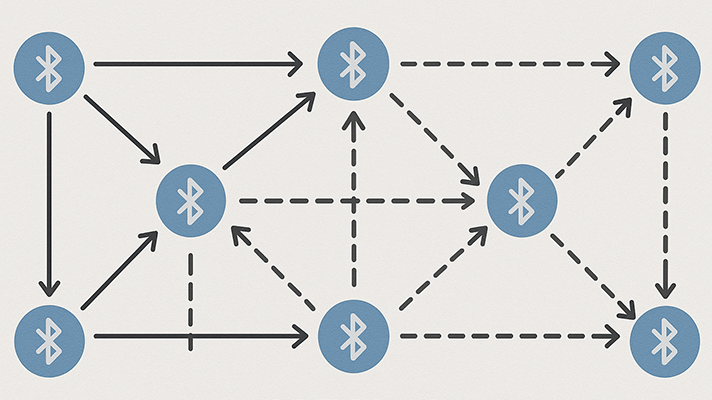
One of the most critical challenges in BLE Mesh is its flood-based message propagation. Unlike traditional routing-based mesh protocols like Zigbee or Thread, BLE Mesh uses a managed flooding technique working on the three BLE advertising channels. When a node receives a message, it rebroadcasts it to its neighbors, creating a cascade of transmissions until the message reaches its destination.
The advertising bearer is the primary transport mechanism for BLE Mesh messages. Instead of using Bluetooth connections, nodes transmit and receive mesh data using broadcast advertisements. These are standard BLE advertising packets—non-connectable, non-scannable—that are emitted on three dedicated advertising channels (37, 38, 39) to maximize coverage.
This approach simplifies routing (no route discovery, no routing tables), but the cost is significantly higher power consumption and network overhead:
- Every message potentially results in multiple redundant retransmissions. This can get so bad that the three advertising channels can become completely saturated if there’s enough devices. This can be an issue in some scenarios, but also a complication when there’s interference
- All relay nodes must keep their radios active frequently to listen and rebroadcast, which contradicts the core strength of BLE: ultra-low power.
- End devices that need low latency must also maintain active listening windows, further increasing energy drain.
This design makes BLE Mesh ill-suited for battery-powered sensor networks, despite being based on a “low-energy” standard. In practice, most successful BLE Mesh deployments require mains-powered nodes, such as lighting fixtures in commercial buildings. These are the type of applications where BLE Mesh has gained the most traction.
Comparing BLE Mesh to Thread (IPv6-based)
Thread, for example, uses a more efficient routing protocol (based on 6LoWPAN + mesh link establishment) and employs sleepy end devices that only wake up when necessary. This results in a much lower baseline energy footprint for the same number of nodes, making Thread a better candidate for IoT sensors and actuators that must run for years on a coin cell battery.
2. Backwards Compatible Legacy
Bluetooth Mesh was designed to be fully backwards compatible. Specifically, BLE Mesh is designed to run over the Bluetooth 4.0 and later stack without requiring new radio hardware. This was intended to be a strategic advantage—leveraging the vast install base of BLE-capable SoCs already in production. However, this decision to remain backwards compatible also introduced significant technical limitations and inefficiencies, especially in terms of protocol overhead.
Bluetooth Mesh was designed to be fully backwards compatible. So much so that it relies exclusively on the legacy advertising packets of Bluetooth 4.0, a specification which is long withdrawn and deprecated. This means that the advertising packets used to communicate are small, about 20 bytes.
BLE Mesh uses what’s called the advertising bearer to transmit mesh messages. Rather than establishing traditional BLE connections, mesh packets are broadcast using non-connectable, non-scannable advertising packets, a mechanism originally designed for simple one-way broadcasts (e.g., beacons or proximity alerts). Since the Bluetooth 4.0 advertising payload is limited to just 31 bytes, BLE Mesh must pack its entire message—including network headers, encryption, opcode, TTL, sequence numbers, and application data—into this tiny frame. After accounting for overhead, the actual usable payload for application data can be as little as 11–15 bytes.
Because of the small size of the packets, larger data transfer have to split up and take a long time. The overhead of the protocol (the bytes in the header which aren’t data) is very high, making it even less efficiency. This leads to low throughput.
3. Lack of Native Smartphone Support
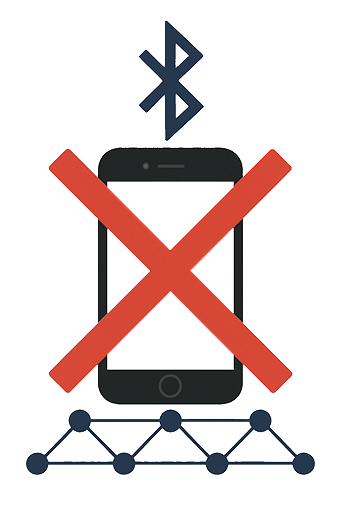
While BLE is native to every smartphone, BLE Mesh is not. Mesh support requires a device to support the BLE advertising bearer (broadcasting and scanning simultaneously) and relay capabilities, which are not supported by mobile operating systems like Android and iOS at the system level. This means that you need a mobile app to use the scanning and advertising features of Android and iOS to support it.
This leads to a major friction point:
- Smartphones cannot participate in the mesh network natively.
- Mobile apps cannot directly control BLE Mesh nodes without additional infrastructure such as dedicated mesh proxies or gateways.
- Mobile apps need to be in the background constantly
This is in stark contrast to traditional BLE GATT connections, where smartphones can act as central devices and communicate directly with peripherals.
Impact:
For end users, this means additional hardware is required just to get a basic BLE Mesh network up and running—defeating the point of leveraging BLE’s native presence on phones. In consumer or home IoT scenarios, this adds cost and complexity, which discourages adoption.
4. Complexity of Setup and Provisioning
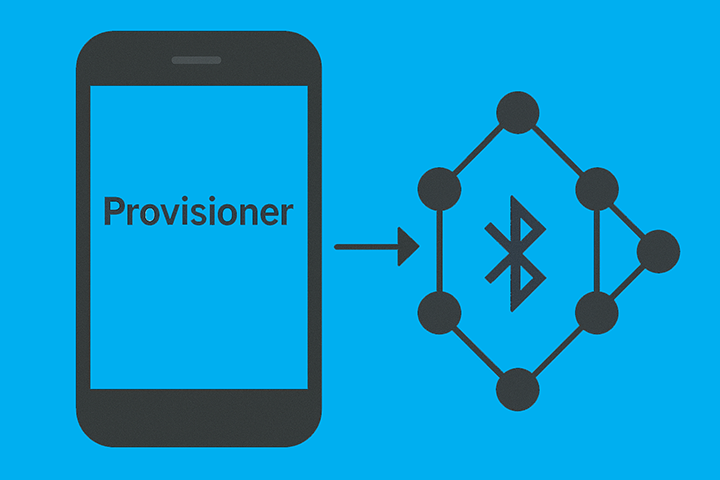
BLE Mesh provisioning and configuration is non-trivial, although some mobile apps do help
- The mesh network must be provisioned via an out-of-band provisioning protocol that assigns each node a unique identity and sets up cryptographic keys.
- Configuring publication/subscription groups, message relays, and node roles requires sophisticated tooling and a deep understanding of the mesh model architecture.
- Vendors are required to implement the Bluetooth Mesh Model Specification, which includes dozens of mandatory models for lighting, sensors, scenes, etc.
While these features provide security and scalability, they introduce a steep learning curve and development burden.
By contrast, Zigbee and Z-Wave offer more turn-key solutions with mature SDKs and a well-established ecosystem. Thread offers similar security and provisioning with better out-of-the-box support from major platforms like Matter.
5. Fragmented Ecosystem and Interoperability Issues
Despite being an open standard, BLE Mesh interoperability has been spotty in the real world:
- Devices from different vendors often fail to work together due to incomplete or inconsistent model implementations.
- Optional features like Friend nodes, Low Power Nodes (LPNs), or Relay nodes are inconsistently supported.
- Unlike classic BLE GATT services (which are well standardized), BLE Mesh requires model-level interoperability, which is more complex to enforce and validate.
Additionally, there are few consumer-facing BLE Mesh certification programs. While the Bluetooth SIG offers qualification for stack implementations, it does not ensure cross-vendor interoperability at the application level.
6. Limited Adoption by Major Platforms

Bluetooth Mesh has not been embraced by major smart home ecosystems. For instance:
- Apple HomeKit does not use BLE Mesh.
- Google has invested heavily in Thread for Nest and Matter.
- Amazon favors Zigbee and Matter for Alexa-compatible devices.
- Samsung SmartThings initially experimented with BLE but has shifted toward Zigbee and Matter.
This leaves BLE Mesh without strong OEM or platform support, making it harder for device manufacturers to justify investment in BLE Mesh stacks and infrastructure. The only significant support for BLE Mesh has been in lighting and similar applications, which the Bluetooth SIG has supported.
BLE Mesh vs Matter (Thread)
Matter, the emerging smart home standard backed by Apple, Google, Amazon, and others, explicitly favors Thread as the mesh networking layer, not BLE Mesh. Even though Matter uses BLE for initial commissioning, BLE Mesh is not part of its communication fabric.
This makes BLE Mesh an odd man out in the evolving smart home landscape.
7. Vendor SDK Maturity and Developer Experience

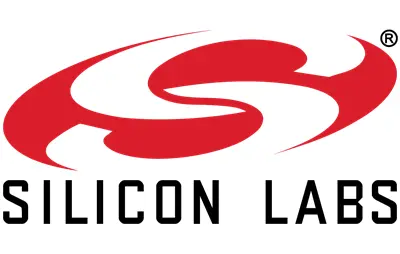

BLE Mesh SDKs provided by chipmakers such as Nordic Semiconductor, Silicon Labs, and STMicroelectronics are powerful but complex:
- Setting up even a basic mesh demo requires understanding provisioning, keys, models, message opcodes, and publication/subscription.
- Debugging mesh behavior is challenging due to the stateless nature of flooding and the lack of centralized coordination.
- BLE Mesh traffic is difficult to sniff and analyze, as most sniffers are designed for GATT connections, not for advertising bearer-based messages.
In contrast, developer ecosystems for Wi-Fi, Zigbee, and Thread are more mature in terms of tooling, cloud integration, and community support.
The challenges for BLE Mesh are very reminiscent of Zigbee, with its hard coded use cases that caused Zigbee to fall out of favor and for Matter to begin taking over.
8. Not Optimized for Data-Intensive Applications
BLE Mesh is optimized for small, infrequent messages, such as turning on lights or reporting a sensor reading. Its maximum payload size is limited (typically 11–15 bytes), and the overhead of flooding means high data rates are not practical.
Applications that require:
- frequent updates (e.g., motion tracking),
- larger data packets (e.g., image fragments or firmware updates),
- or guaranteed quality-of-service
are not well served by BLE Mesh.
9. No Built-In Internet Connectivity
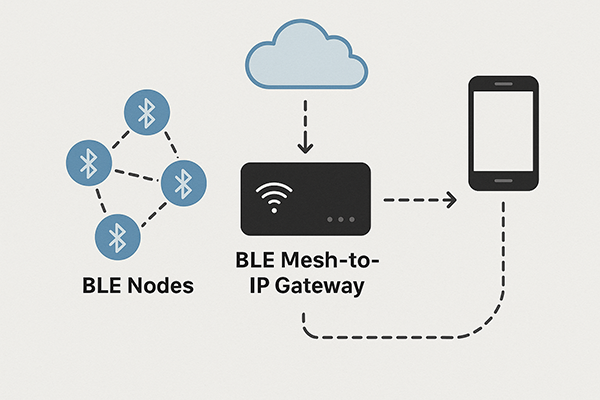
BLE Mesh is a local-only protocol. If a user wants to control their mesh devices remotely, a BLE Mesh-to-IP gateway is required. This adds cost and introduces additional complexity in terms of:
- Cloud architecture
- OTA updates
- Security patching
- User privacy management
In contrast, Thread integrates IP networking directly, enabling end-to-end IPv6 communication. This is a strategic advantage in an era of IoT cloud integration, where seamless IP routing is increasingly expected.
10. Use Cases Not Compelling Enough
The most successful BLE Mesh applications have been in commercial lighting, where:
- nodes are mains-powered,
- the environment is relatively static,
- and central gateways are acceptable.
Outside of this niche, BLE Mesh has struggled to prove its value:
- For home automation, Matter over Thread is more appealing.
- For sensor networks, LoRaWAN or Zigbee are more power-efficient.
- For asset tracking, Cellular and standard BLE beaconing suffices.
- For industrial IoT, private 5G or proprietary mesh systems offer better QoS and scalability.
In short, BLE Mesh hasn’t solved a unique enough problem to justify its adoption over existing alternatives.
Conclusion: A Solution Without a Killer Use Case
BLE Mesh was a technically ambitious attempt to retrofit mesh networking onto the BLE standard. While it succeeded in defining a robust, secure, and interoperable protocol, it fell short in areas that matter most for adoption:
- Power consumption due to flood-based design
- Lack of smartphone and IP support
- High complexity and steep development curve
- Absence from mainstream smart home platforms
- Lack of killer use cases outside of lighting
In the rapidly evolving IoT landscape, BLE Mesh has become a solution in search of a problem—overshadowed by more focused, efficient, and better-supported mesh networking technologies.
Unless future revisions dramatically simplify the stack and address its core architectural inefficiencies, like abandoning backwards compatibility for small advertising packets, BLE Mesh is likely to remain a niche protocol with limited deployment outside of very specific verticals.





